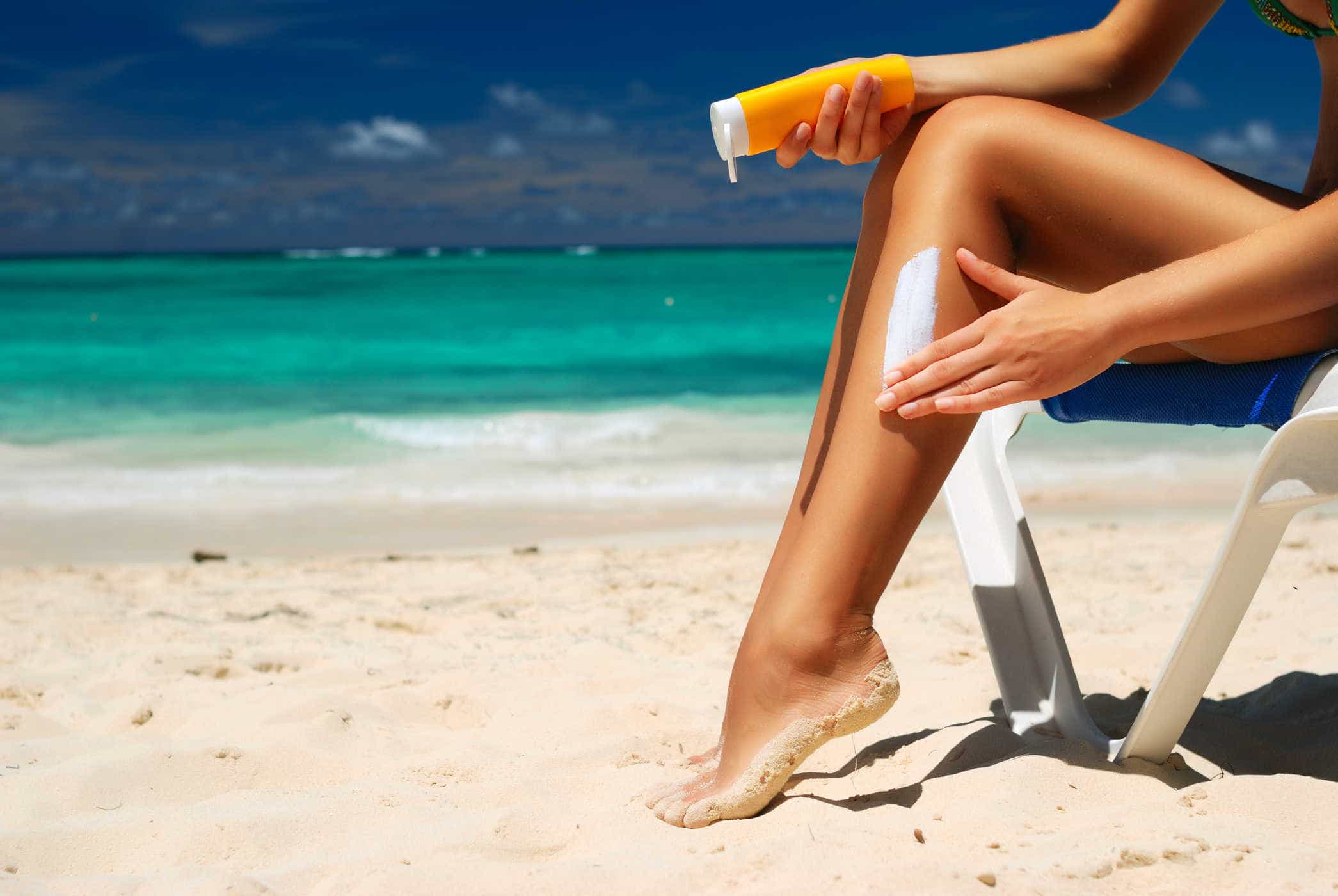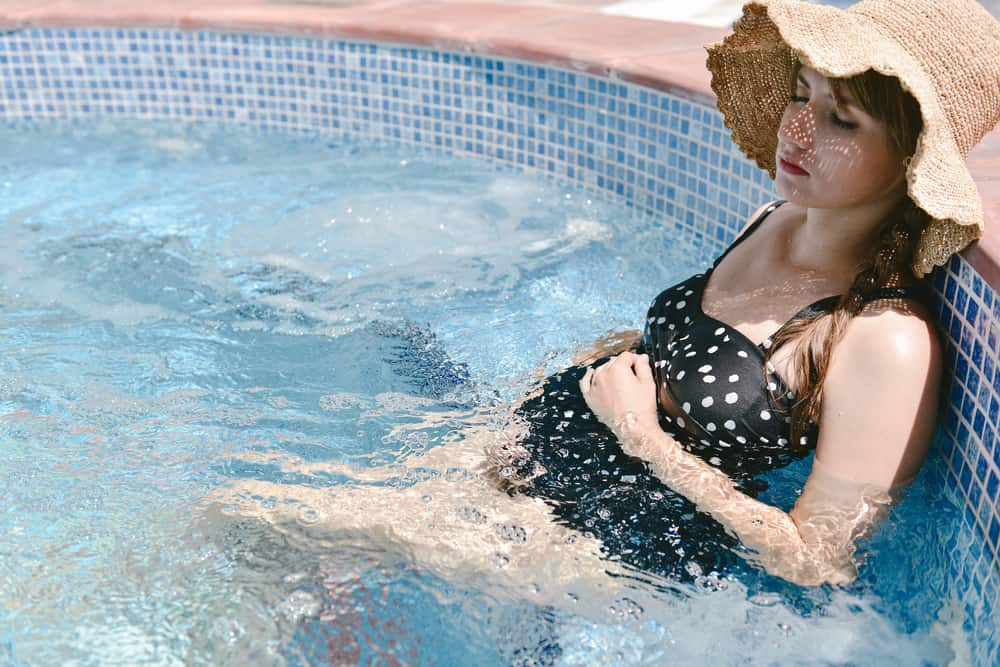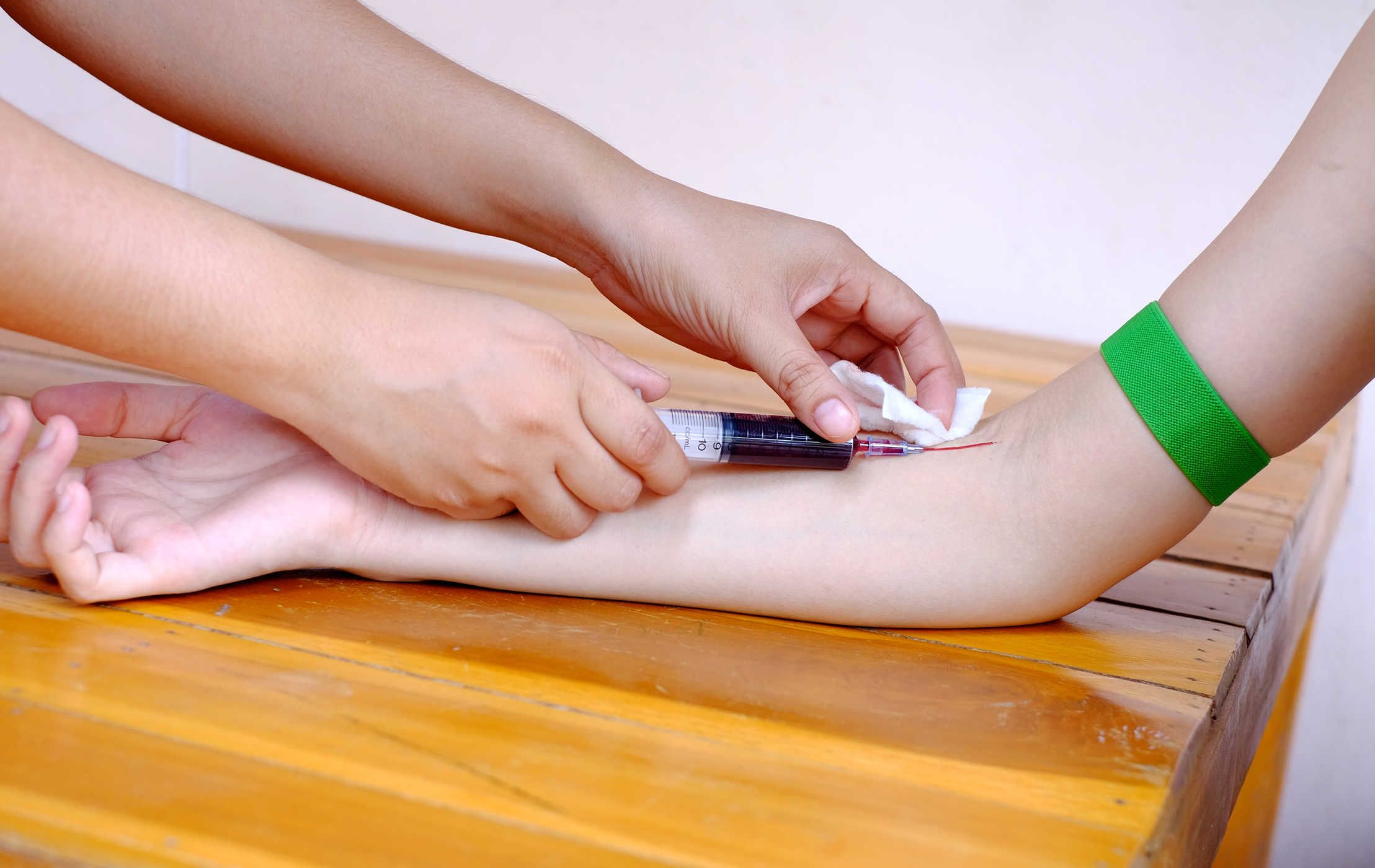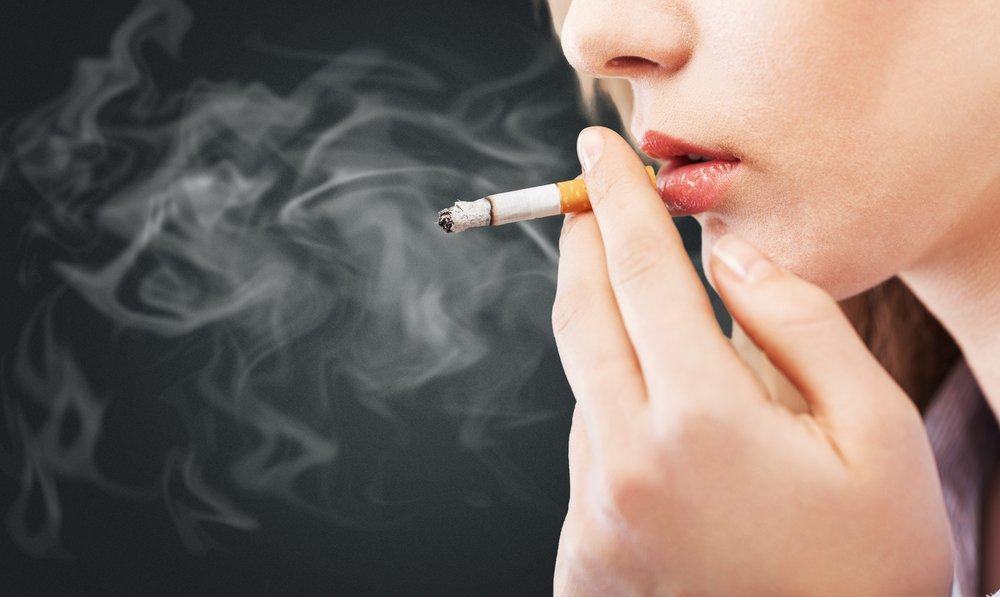Contents:
Medical Video: Beauty KNOWledge 101: SUNSCREEN VS. SUNBLOCK
Sunscreen or sunblock? Among the various choices of sun protection products offered on the market, determining the right product for you can sometimes be very confusing. Most people do not know there is a clear difference between sunscreen and sunblock, along with the benefits it contains. Here are a number of terms you need to know.
Broad Spectrum
There are two types of sunlight: UVA and UVB. The letter A on UVA means "Aging" (aging) and B on UVB means "Burning" (burning). Sunscreen containing UVB has been more popular since ancient times, but what you really need is a sun protection product that says "Broad Spectrum", meaning that the sun protection product has a protective feature from both UV rays A and B.
SPF
SPF stands for Sun Protection Factor. SPF in a sun protection product will tell you how well the product protects your skin from sunburn. The SPF number is the determinant of how long you can be in the sun without burning while using the product. So, if you usually need about 15 minutes until your skin starts to burn without any protection, and you use SPF 10, the product will extend your time up to 10 times longer before burning, or 15 × 10 minutes = 150 minutes alias 2.5 hours. If your skin is usually sunburned in 10 minutes if you don't use a protective cream, and you use SPF 30, then this cream will protect you from exposure to the sun for 300 minutes. Etc.
The higher the SPF number does not indicate how strong the protection provided by the product. SPF10 protects you from the hot sun as well as SPF15 or SPF50 though. High SPF levels will block more UVB, but do not provide 100% protection from the risk of burnt skin. However, high SPF products can provide better protection from the risk of long-term skin damage, such as skin cancer.
The smaller the SPF level, the more you have to apply again to prolong your time in the sun without worrying about burning.
Keep in mind that sun protection products, be it sunblock or sunblock, are easily washed away, making some of your body susceptible to UV light. Applying uneven or insufficient sun protection can reduce its effectiveness. Regardless of the SPF level of the product you are using, reuse it evenly after the time has expired, or immediately after swimming or sweating.
Then, what's the difference between sunscreen and sunblock?
There are two types of sun protection, chemical and physical products. Each has different functions and ways of working to protect your skin.
Sunscreen
Sunscreen, or sunscreen, is a chemical liquid lotion that acts as a filter for sunlight. Lotion sunscreens enter the skin and absorb UV radiation before reaching your skin layer and damaging it. However, there will still be some sunlight absorbed by the body. The texture of the sunscreen is thinner and will look invisible when applied.
Sunblock
Sunblock contains minerals such as zinc oxide or titanium dioxide which build a layer above the surface of the skin, functioning as a barrier wall of the skin from sunlight. The texture of the sunblock lotion is thicker, milky white, and can be clearly seen by the eyes. Sunblock is the best protection recommendation if you have hours of activity under the sun, such as swimming or playing on the beach.
Whichever product you choose, it's important to choose the best SPF level for you. Experts recommend using sun protection that has a waterproof feature with an SPF range of 30 to 60. Also, make sure that each product you use contains UVA antidotes such as zinc oxide, titanium dioxide, avobenzone, ecamsule, and oxybenzone.
READ ALSO:
- Your makeup expiration list
- 7 Things to check when choosing sunblock
- 10 Anti-aging treatments that must be done in their 20s












